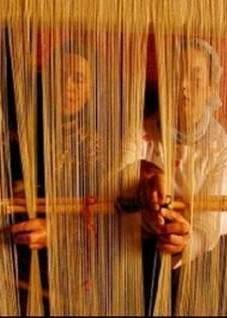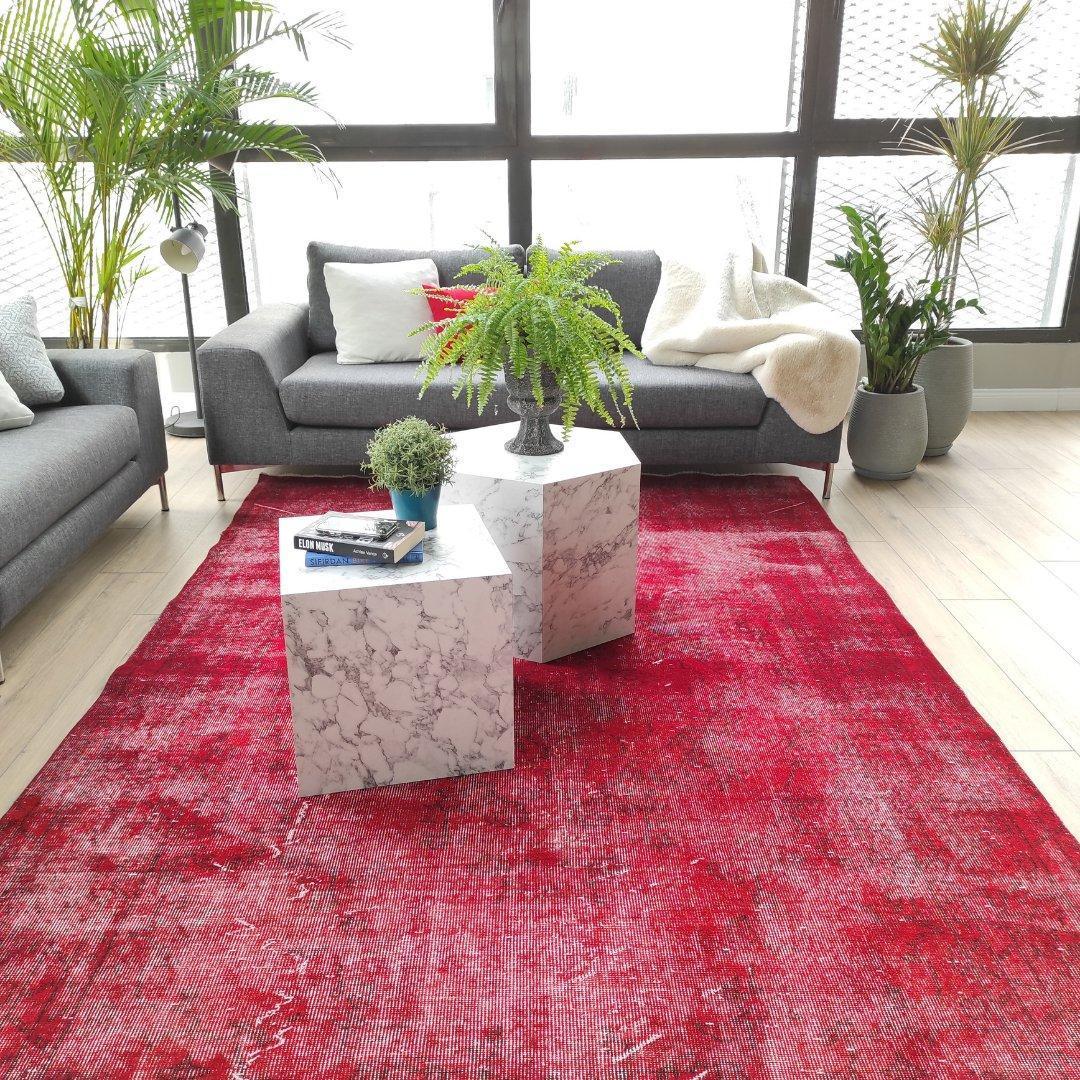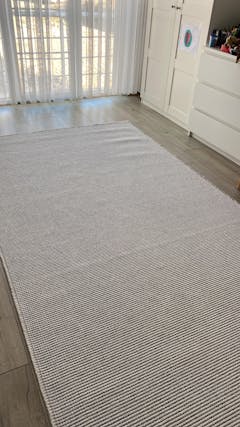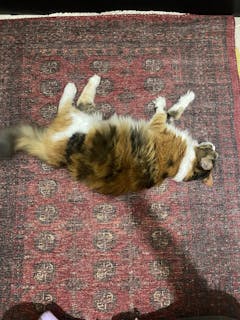
Hand Woven Carpet
Hand Woven Carpet
hand rug When it is mentioned, natural yarns such as craft and wool come to mind first in many geographies. However, hand-woven carpets and kilims have a wide place in Turkish culture. Throughout history, valuable Turkish carpets and kilims have been woven in many different regions.
How to Make a Hand Woven Carpet?

Although there are different techniques today, classical handmade carpets are woven on looms. The carpet loom is a pulley made of beech wood, the lower part of which rests on the floor and the upper part can be moved. There are wool or cotton threads on the loom, which are stretched tightly from top to bottom. These are called warps. The warps are called varagele between them. A wooden wand is placed between the threads to create a space between the threads. The threads passed across these warps, leaving one thread in front and the other behind, are called wefts. When weaving the weft threads, a comb called kirkit is used to push them down and compress them. Carpets can be plain or patterned. Carpets to be woven with a pattern. A scaled colored pattern paper is used for this. The wider the width of the carpet to be woven, the more difficult the weaving process becomes. Sometimes a few weavers line up in front of the loom and start weaving by knotting each specific part of it.
The quality of a hand woven carpet is determined by the yarn materials used and the frequency of weaving. Cotton is used for the warp, as it is generally flexible. Materials such as wool, silk and today's popular bamboo are used for the loops of the carpet. Again, the weaving frequency is the number of loops per cm2 of the carpet. The higher the number of the carpet, the softer the texture of the carpet. The weaving frequency is equivalent to the screen resolution in the digital world. The higher the weaving frequency of a carpet, the clearer the patterns on it. The double Turkish knot or single knot, also called Gördes knot, in hand-woven carpets The Iranian knot is used. In the Turkish knot, the thread is tied to the back and then the front wire of the warp pair. In the Iranian knot, the thread is passed through a single warp thread and compressed. Hand woven rugs are also woven with plain weaving made without looping.
Carpet and kilim weaving is common in the Aegean, Eastern Anatolia and the Mediterranean. The main Turkish hand-woven carpet types, named after the region where they are woven; Here are Isparta, Milas, Demirci, Uşak, Yağcıbedir, Ardahan, Gördes, Kula, Kırşehir, Hereke, Ladik, Sivas, Underfloor, Fethiye, Niğde, Bünyan, Avanos, Simav, Bor, Koyunlu, Taşpınar, Maden, Yahyalı. It is known all over the world for its silk hand-woven carpets.
Carpet weaving in Anatolia has decreased to a great extent. Modern hand-made carpets are generally imported from countries such as India and Pakistan. These carpets are woven from threads such as silk, wool and bamboo.
Handmade rugs, which take time and effort to weave, have been woven in more oriental patterns in the past. Handmade rug models have also received their share from the rapidly changing fashion. Today, plain colored and less patterned hand woven carpet models is preferred.
- In our hand-woven carpet collection, old and new carpets,
- Patchwork Carpets,
- Anatolian Rugs,
- vintage rugs,
- Uşak Carpets,
- Kilim Patchwork,
- Hand weaving wool rugs exists.
Ücretsiz Kargo
Tüm siparişlerde tüm illere ücretsiz kargo.
Müşteri Hizmetleri
Sorularınıza halıyı bilen uzmanından yardım alın
30 Yıllık Tecrübe
Halı sektöründe 30 yılına ulaşan Apex güvencesi
Güvenli Ödeme
Kart bilgileriniz kaydedilmeden güvenli ödeme.















